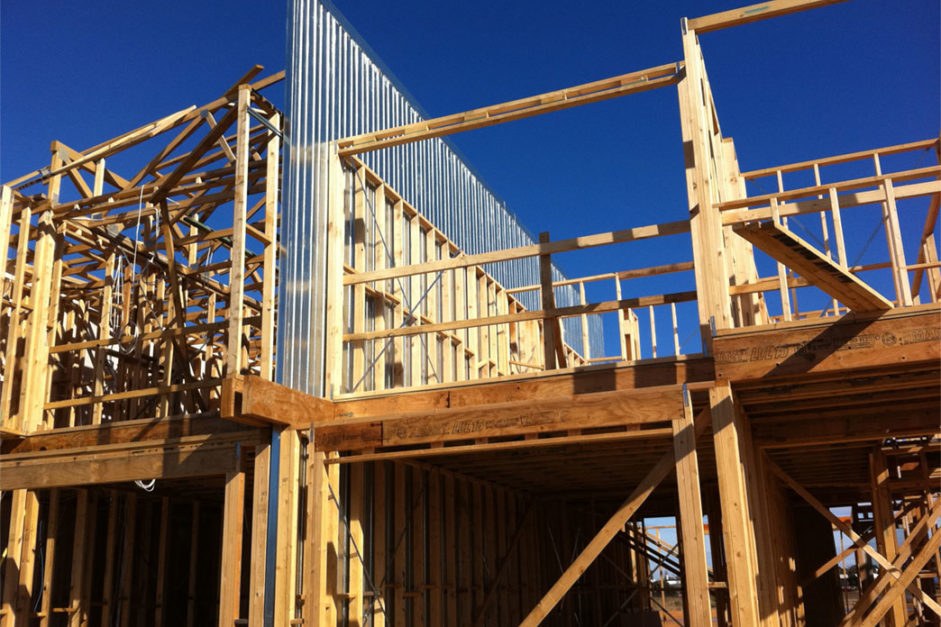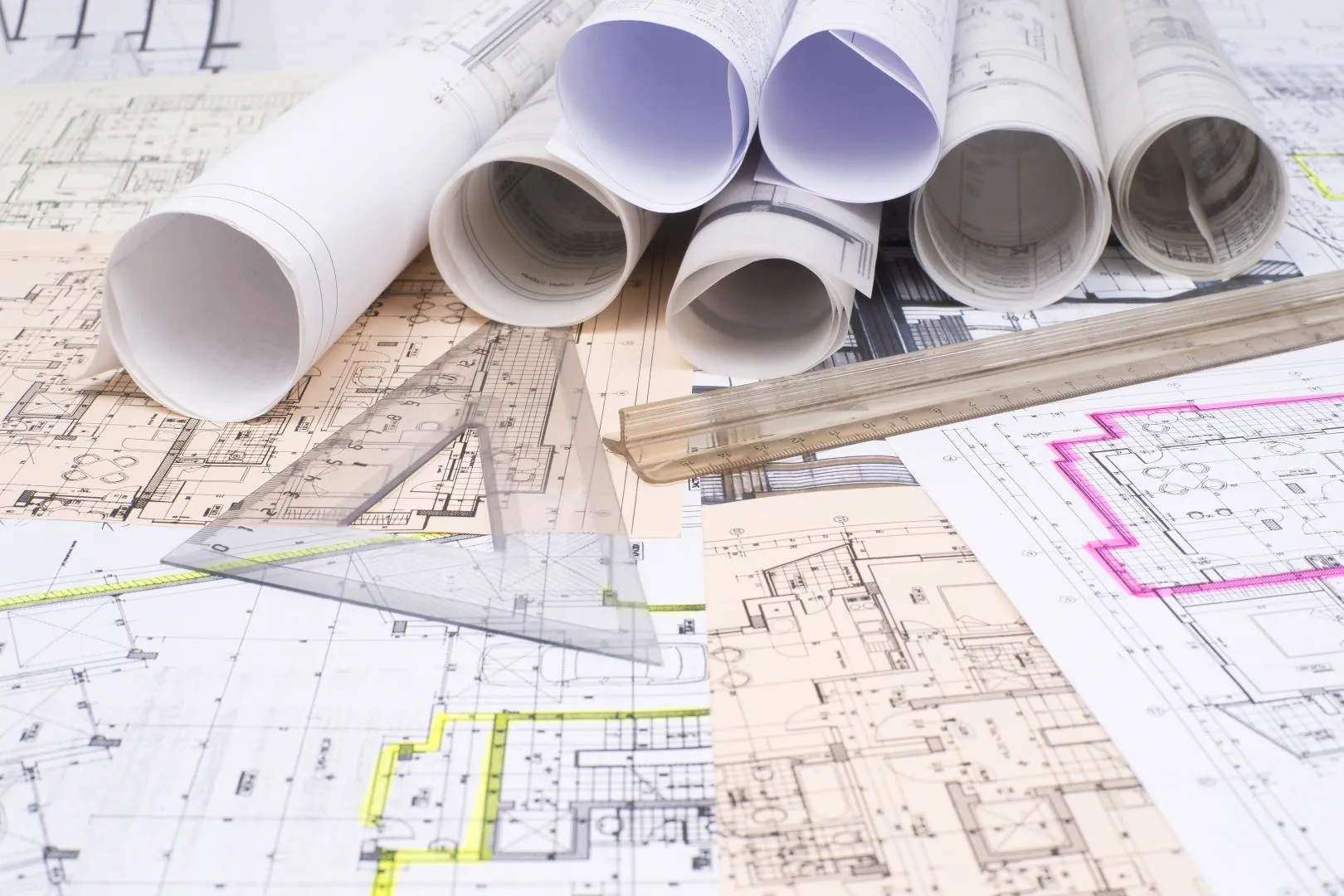
August 22, 2024
Exactly How To Improve Concrete Keeping Wall Drainage
Pointers For Adding Water Drainage To Your Maintaining Wall Surface For existing wall surfaces, you might want to excavate to see if the gravel goes to that 12-inch minimum. If needed, you can dig down much sufficient to see if there is the essential footing drainpipe and crushed rock under the wall also. Historic rock wall surfaces not just symbolize workmanship but also inform stories of the time they were set up.Keeping Wall Surface Base, Backfill, Drain & Elevation
- Weep openings supply an easy departure course for water trapped within the wall surface-- rather than developing, the water can easily exit with all-time low of the wall.
- Appropriately taking care of water overflow shields the wall and bordering landscape from damage.
- Proper positioning and protected installation are vital to ensure effective water circulation and avoid obstructions.
- This guide will certainly walk you through the procedure, from planning to upkeep, guaranteeing you have a robust and reliable system in place.
- Distinct fracturing patterns might signal reinforcing component distress or dirt stress discrepancies.
Proper Maintenance
CULTEC Subsurface System Reduces Cost Of Stormwater Solution By Third At Acton Faith Bible Church - Water Online
CULTEC Subsurface System Reduces Cost Of Stormwater Solution By Third At Acton Faith Bible Church.
Posted: Tue, 23 Aug 2011 07:00:00 GMT [source]

Landscaping Solution Areas In Minneapolis-- St Paul City
Rain yards are grown depressions that gather and filter rain from roofing systems, driveways, and other invulnerable surfaces. They supply a twin benefit of taking care of water while including appeal to your landscape. Reliable drainage begins with acknowledging usual issues that can affect your backyard. Identifying these issues early permits you to take corrective activity prior to they trigger substantial damages. This can result in considerable damages and jeopardize the safety and security of those near the preserving wall surface. Consequently, it is crucial to attend to bad water drainage before it triggers serious effects. Garrett Precast team is really specialist, punctual, and extremely well-informed on septic system concrete and retaining walls. We purchased a concrete sewage-disposal tank for our brand-new home and the products we needed for the preserving walls made by our landscaper. We were extremely delighted high quality of both the septic tank and the preserving walls. These include shaping the land, so water moves away from your home and at risk areas. Proper wood keeping wall drainage boosts the total efficiency of the wall surface. It aids maintain the dirt behind the wall surface stable, decreases the risk of water-related damages, and keeps the wall surface's look. A reliable drain system makes sure that the keeping wall surface functions as meant, supplying long-lasting advantages and peace of mind. A French drain is a preferred drain solution that assists handle water issues in your yard. It consists of a trench filled with crushed rock or rock and a perforated pipeline that redirects water away from problem locations. Cry holes are tiny openings at the base of the wall that enable water to escape. These are essential for proper timber keeping wall surface drain as they relieve hydrostatic stress and avoid water build-up. Appropriate positioning and spacing of weep holes make sure efficient water circulation and improve the wall surface's performance. In conclusion, constructing a concrete block maintaining wall that stands strong versus the examinations of time involves a detailed understanding of water drainage characteristics. Correct water drainage is essential for the long life and performance of any concrete retaining wall surface. Stabilizing performance and looks develops an aesthetically pleasing and functional retaining wall. Connecting the panels to the blog posts includes protecting wooden planks horizontally across the blog posts. It's vital to use appropriate bolts and make sure the panels are evenly spaced and firmly attached. Correct setup of the panels contributes to the wall surface's total strength and appearance. Keep reviewing to explore why drain is vital for your keeping wall's stability and just how to prevent typical drainage-related issues. Retaining wall surfaces serve both useful and aesthetic functions in exterior spaces, but their effectiveness counts heavily on appropriate drain. Without ample water drainage, water accumulation behind the wall surface can cause hydrostatic pressure, threatening architectural honesty and triggering dirt disintegration. Exploring the characteristics of water drainage unveils a multifaceted communication in between surface water, groundwater, and the dirt preserved behind the wall surface. It's not just concerning stopping wet soil; it's about recognizing the fragile balance that, when disrupted, can bring about retaining wall failure. An effective drain system including an universal wall drain and purposefully positioned weep holes becomes the cornerstone in this dynamic relationship.What type of pipe to make use of for a retaining wall?
Drain Pipeline for Retaining Walls: Kinds
PVC pipes are an economical, long-lasting choice that is regularly preferred. Although adaptable enough to withstand substantial soil pressure, corrugated plastic pipelines have shorter life-spans than perforated metal alternatives renowned for their effectiveness and longevity.

Social Links